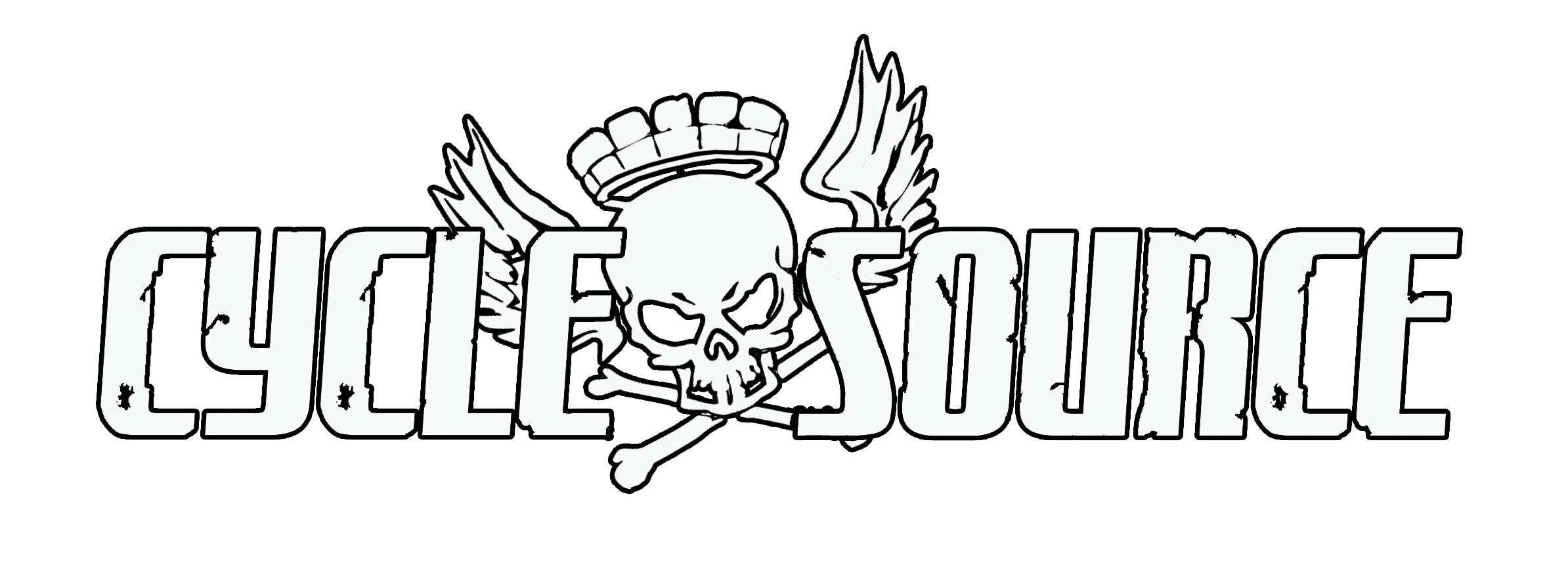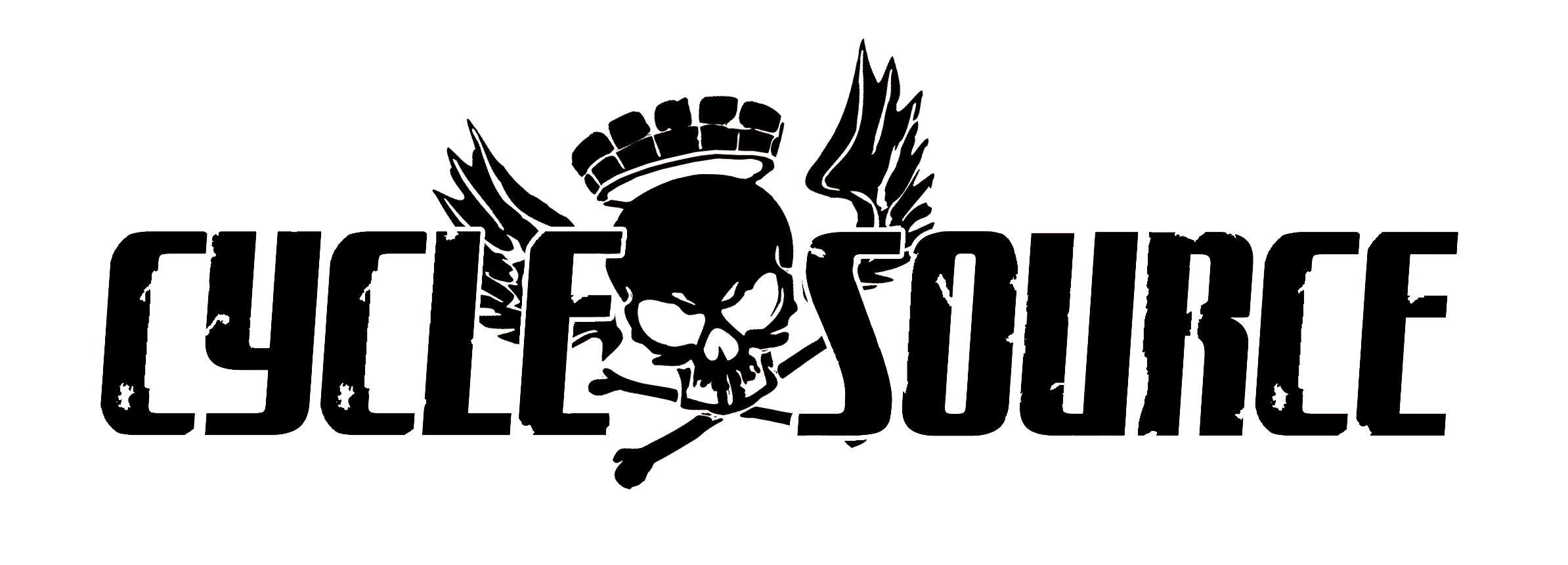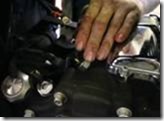When I first heard of the Baker DD7, I was like most of the others out there and said, ‘Why would someone add another gear? Wasn’t 6 enough?’ Well, I’m not like the others so I had to find out why. I got to speak with Bert Baker about this and was told it is all about gear ratio. Gear ratio, I thought, now there is something people don’t think about. Bert developed this, but not just to simply add another gear. He wanted you to get the most out of all your gears and by doing this, he found he could slide another gear in and tighten all the gear ratios up. What does this mean? It means you don’t need to shift as much because you’re always in a good power band. People wonder why 7th is not an overdrive? Overdrive is great on the open highway, especially flat land, but I don’t care much for it here in Pennsylvania. Direct drive is a 1 to 1 ratio, meaning it is 99% efficient, has minimum wear and tear, and maximum fuel efficiency. It also handles higher output motors better than an overdrive.
Let’s talk about gear ratio. In the HD service manual they say gear ratio for the transmission is this: Final gear ratios indicate the number of mainshaft revolutions required to drive the output sprocket one revolution, meaning the mainshaft turns 1 and the sprocket turns 1, hence the term 1 to 1 ratio. What Baker changed in the DD7 was this ratio. For example, early 6 speed cruise drives are 3.34 to 1 in first gear. Well, those of us that own an early model, ‘07-‘08 and maybe ‘09, have found pulling out in first gear sucks at times, especially loaded down. It often feels like you’re pulling out in second gear and I found myself checking to see if I was in second only to find I was in first. Harley now changed the rear pulley size down two teeth to help this out. I believe it was in 2010 and later models. But Baker decided to change the entire tranny gear set to help with all the gears. Like their first is a 3.76 to 1 which is a numerically larger gear, or a shorter gear, for easier launches off the line. Car guys have understood and used gearing for ages, like changing gears in rear ends or in transmissions to get the most out of the motors they have built.
With that little bit on knowledge, let’s get to it. First, when you get the Baker DD7 you don’t just get a gear set, you get much more. You get a gear set fully assembled and ready to install, with no case modifications, shimming or adjustments. You get all the transmission gaskets and seals, their function formed top cover that houses the linear detent for smooth shifting, a Baker speedometer recalibration box, main drive gear and bearing with a new snap ring. You also get all new high strength ARP 12 pt stainless steel bolts for the trap door, top and side cover. There is a set of instructions supplied but you will also need a service manual for some things.
To do the job you’ll need a selection of special tools. The good folks at George’s Garage hooked us up with their products for this instance. Here you can see them laid out to get ready for our install. They’re all made in the USA at George’s Garage in California. So to introduce you to them, let’s go through the list: transmission locking tool #6200020, fits 1980 – present Big Twins; small main drive gear seal installer #620230 which is also the handle to use on the large main drive gear installer #620250; main drive gear bearing kit #620200 that removes and installs the main drive gear out and also is used to remove and install the main drive gear bearing; trap door puller #620210; and last but not least is our main shaft sprocket wrench that removes the nut from the front pulley from the secondary drive. On cruise drive 6 speed equipped motorcycles, ’06 to present Dynas and ’07 and up touring and Big Twins, they made this nut a 2-1/4 inch nut that is right hand drive. So, that old tool for your four and five speed trannys will not work here. All these tools can be ordered on at www.georges-garage. com and come with complete instructions on how they are to be used.
Obviously we suggest starting with a service manual. To get to the tranny, we start by getting the basics out of the
way: the battery (negative terminal first), floor boards, etc.
Then the exhaust, starter, primary drive assembly, tranny top and side cover and always remember that on the 6 speed
cruise drive you must always take the dipstick out before you remove the gear set or it will break. For the most part, you’re looking at a couple hours worth of work with basic hand tools other than the specialty tools we provided above.
The five bolts on the inner primary can’t be reused. They have a sealing ring and should be replaced.
A couple of other small things to get out of the way are the vehicle speed sensor and neutral switch.
Remove the two Allen bolts on the front pulley lock plate. Check the nut and lock plate for any wear.
The next step requires the trans locking tool. It holds the pulley from spinning while you break the nut loose.
You’ll find sometimes that the sprocket nut is not the easiest to break loose. You might have to use a breaker bar, with an additional bar for leverage. Sometimes it even requires ½ inch impact or more. We do not recommend it but in the real world, it may come to that.
With the pulley out of the way, you can see the race it sets on. I measure this to know exactly where to put it back to, just to be safe and not drive it flush against the main shaft shoulder.
Now we install the race puller and remove that race.
On the other side, we take the trans side and top covers off. If you leave the gasket on the top cover behind, you can place the shifting paw on it to keep it out of the way later.
Remove the six Allen bolts from the trap door and slide the gear set out of the case.
Side by side you can plainly see the difference from the factory six speed and the DD7. One of the most notable is in the trap door area. The Factory uses a snap ring to hold the bearings in place; Baker uses a six bolt retainer plate. A lot of times you will hear about ghost clutch lever movement on bikes with helical cut gears. This happens because of the axial thrust from helical gears pushes and pulls on the door bearings, so as the mainshaft moves so does the clutch. Baker’s fix for this was to put a 28% wider bearing then stock and fortify that area with a 6 bolt strong retaining plate.
Other than that, the shifting dawgs are way heavier. The whole tranny just looks like a good quality, American made product that we aren’t used to seeing that much of anymore since so much is made in China. You can see another Baker feature from the overhead view, the linear roller ball detent that is part of the cover included in this kit. I think this came from German auto engineering. It gives much smoother shifting. Baker started to use this in their Torque Box tranny and it’s a great feature.
With the parts at the ready, we move on to pulling the main drive gear. Using George’s tool, we set up to remove it from the case. It comes with a mounting plate for the opposite side that gives the leverage to pull the gear from the case.
As you slowly apply tension to the remover, you’ll feel as the gear pops loose. The gear then comes out with part of the bearing attached to it.
We go after the remaining part of the bearing with George’s puller and it comes out rather easily.
The install on this is pretty basic, and seems to be going smooth except for a throw out bearing that we found lying in the side cover. We will talk more on that in the next article along with how the tranny works and feels on the road since it will be ready for the Big Mountain Run and we’ll rack some miles on her then.














![clip_image002[4] clip_image002[4]](https://cyclesource.com/wp-content/uploads/2014/01/clip_image0024_thumb4.jpg)
![clip_image002[6] clip_image002[6]](https://cyclesource.com/wp-content/uploads/2014/01/clip_image0026_thumb4.jpg)


![clip_image002[8] clip_image002[8]](https://cyclesource.com/wp-content/uploads/2014/01/clip_image0028_thumb4.jpg)

![clip_image002[10] clip_image002[10]](https://cyclesource.com/wp-content/uploads/2014/01/clip_image00210_thumb3.jpg)
![clip_image004[4] clip_image004[4]](https://cyclesource.com/wp-content/uploads/2014/01/clip_image0044_thumb.jpg)

![clip_image004[6] clip_image004[6]](https://cyclesource.com/wp-content/uploads/2014/01/clip_image0046_thumb.jpg)
![clip_image006[4] clip_image006[4]](https://cyclesource.com/wp-content/uploads/2014/01/clip_image0064_thumb.jpg)
![clip_image002[14] clip_image002[14]](https://cyclesource.com/wp-content/uploads/2014/01/clip_image00214_thumb2.jpg)
![clip_image002[16] clip_image002[16]](https://cyclesource.com/wp-content/uploads/2014/01/clip_image00216_thumb2.jpg)
![clip_image004[8] clip_image004[8]](https://cyclesource.com/wp-content/uploads/2014/01/clip_image0048_thumb.jpg)
















